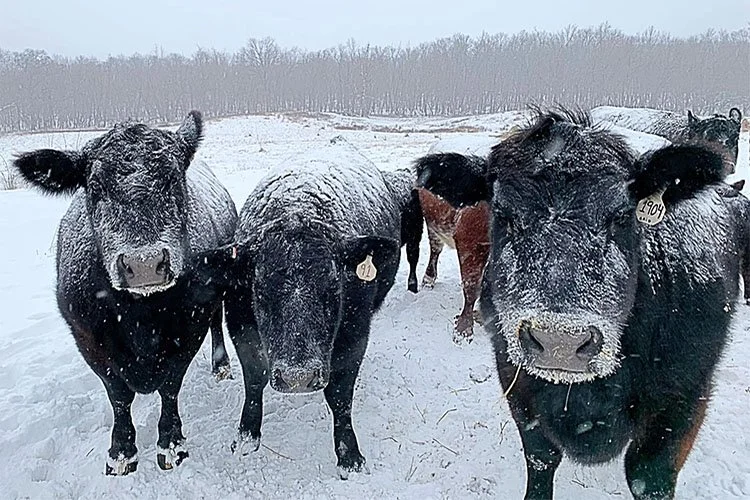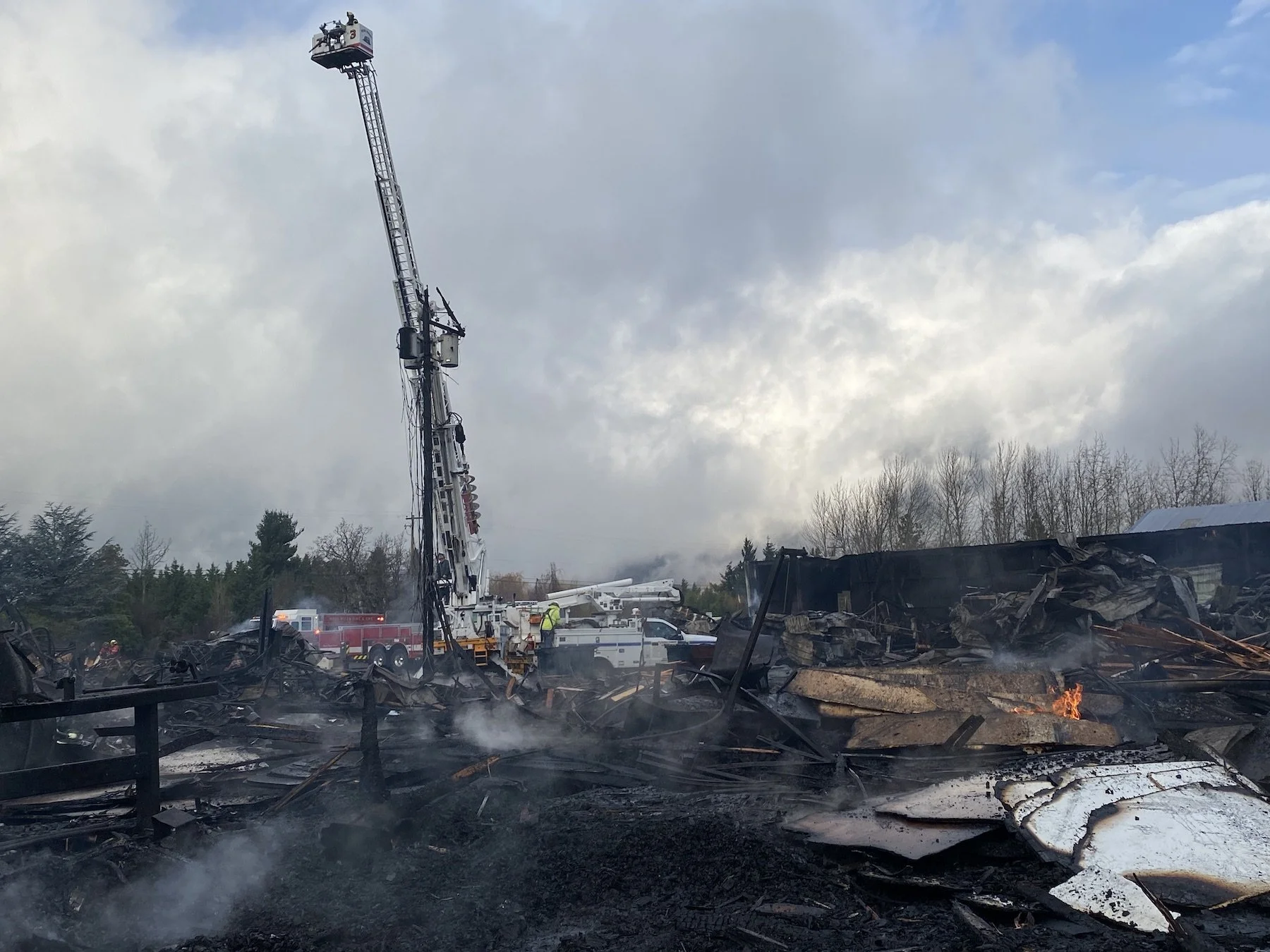USDA offers assistance in livestock, crop loss due to winter storm events
From the United States Department of Agriculture:
Winter storms create significant challenges and often result in catastrophic loss for agricultural producers, especially for those raising livestock and row crops. Despite every attempt to mitigate risk, your operation may suffer losses. As you prepare for the potential impacts of upcoming winter weather, know that USDA offers several programs to help with recovery.
Risk Management
For producers who have risk protection through Federal Crop Insurance or the Noninsured Crop Disaster Assistance Program (NAP), we want to remind you to report crop damage to your crop insurance agent or the local Farm Service Agency (FSA) office.
If you have crop insurance, contact your agency within 72 hours of discovering damage and be sure to follow up in writing within 15 days. If you have NAP coverage, file a Notice of Loss (also called Form CCC-576) within 15 days of loss becoming apparent, except for hand-harvested crops, which should be reported within 72 hours.
Disaster Assistance
USDA also offers disaster assistance programs, which are especially important to livestock, fruit and vegetable, specialty and perennial crop producers.
First, the Livestock Indemnity Program (LIP) and Emergency Assistance for Livestock, Honeybee and Farm-raised Fish Program (ELAP) reimburse producers for a portion of the value of livestock, poultry and other animals that died as a result of a qualifying natural disaster event– like these winter storms – or for loss of grazing acres, feed and forage. To participate in LIP and ELAP, you will need to file a Notice of Loss by the annual program payment application date. The LIP payment application and notice of loss deadline is Feb. 29, 2024, for the 2023 program year and March 3, 2025, for 2024 program year losses. For ELAP, producers are required to complete and a notice of loss to their local FSA office no later than the annual program application deadline of January 30 following the program year in which the loss occurred.
Next, the Tree Assistance Program (TAP) provides cost-share assistance to rehabilitate and replant tree, vines or shrubs loss experienced by orchards and nurseries. This complements NAP or crop insurance coverage, which covers the crop but not the plants or trees in all cases.
For TAP, you will need to file a program application within 90 days of the disaster event or the date when the loss of trees, bushes, or vines is apparent.
Documentation
It’s critical to keep accurate records to document all losses following this devastating cold weather event. Livestock producers are advised to document beginning livestock numbers by taking time and date-stamped videos or pictures before and after the loss.
Other common documentation options include:
Purchase records
Production records
Vaccination records
Bank or other loan documents
Third-party certification
Support Local News
Available to everyone. Funded by readers.


